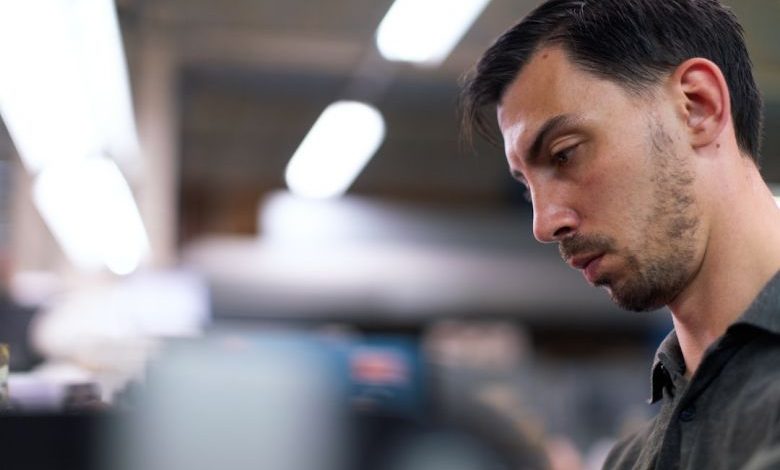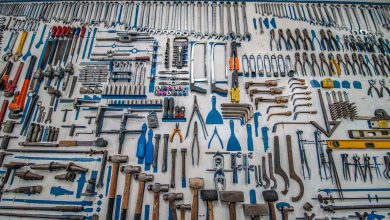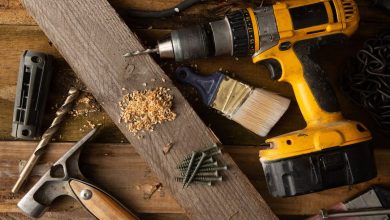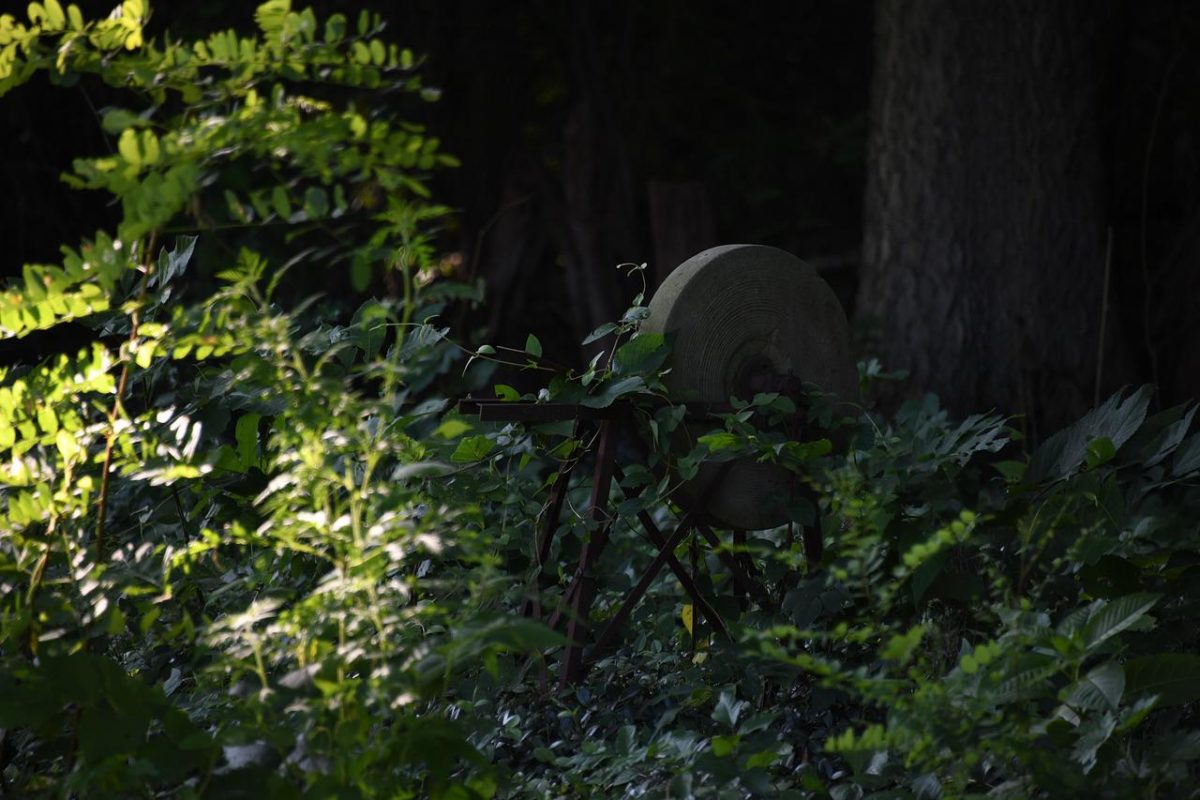A Beginners Guide to Plastering Tools

Plastering is a skill that requires the right tools to achieve a smooth and professional finish. Whether you are a DIY enthusiast or a professional plasterer, having the right tools will make your job much easier and more efficient. In this guide, we will explore the essential plastering tools that every beginner should have in their toolkit.
Trowels: The Foundation of Plastering
Trowels are the most basic and essential tools for plastering. They come in various shapes and sizes, but the two most common types are the plastering trowel and the margin trowel. The plastering trowel is used for applying and spreading the plaster, while the margin trowel is useful for mixing and scooping the plaster onto the hawk.
Hawks: Keeping the Plaster within Reach
A hawk is a flat square or rectangular board with a handle underneath. It is used to hold the plaster while you work. The hawk allows you to keep the plaster within reach, making it easier to apply and spread onto the surface. Look for a hawk with a comfortable handle and a sturdy base that will hold the plaster securely.
Mixing Paddles: Achieving the Perfect Consistency
Mixing paddles are used to mix the plaster with water to achieve the desired consistency. They attach to a power drill and make the mixing process much faster and more efficient. It is important to choose a mixing paddle that is suitable for the size of the job you are working on. For smaller jobs, a smaller paddle will suffice, while larger jobs may require a larger paddle for faster mixing.
Plastering Floats: Smoothing and Finishing
Plastering floats are used to smooth and finish the plaster once it has been applied to the surface. There are different types of floats available, including wooden floats, plastic floats, and sponge floats. Wooden floats are ideal for smoothing out rough surfaces, while plastic floats are perfect for achieving a smooth finish. Sponge floats are used for the final touches, providing a polished look to the plaster.
Corner Trowel: Perfecting Corners and Edges
A corner trowel is a specialized tool used for finishing corners and edges. It has a triangular shape with a rounded point, allowing you to get into tight spaces and achieve a smooth finish. This tool is particularly useful when plastering around windows, doors, and other corners.
Plastering Darby: Leveling the Plaster
A plastering darby, also known as a rule or a straight edge, is used to level and flatten the plaster. It is a long, flat piece of wood or metal with handles on each end. By sliding the darby across the surface, you can remove any excess plaster and create an even and level finish.
Scraper: Removing Imperfections
A scraper is a handy tool for removing imperfections and excess plaster from the surface. It is used after the plaster has dried to smooth out any bumps or ridges. Look for a scraper with a sharp edge that will make the job easier and more efficient.
In conclusion, having the right plastering tools is essential for achieving a smooth and professional finish. Trowels, hawks, mixing paddles, floats, corner trowels, darbies, and scrapers are all essential tools that every beginner should have in their toolkit. By investing in high-quality tools and learning how to use them effectively, you can master the art of plastering and transform any space with a flawless finish. So, get your tools ready, and start practicing your plastering skills today!




